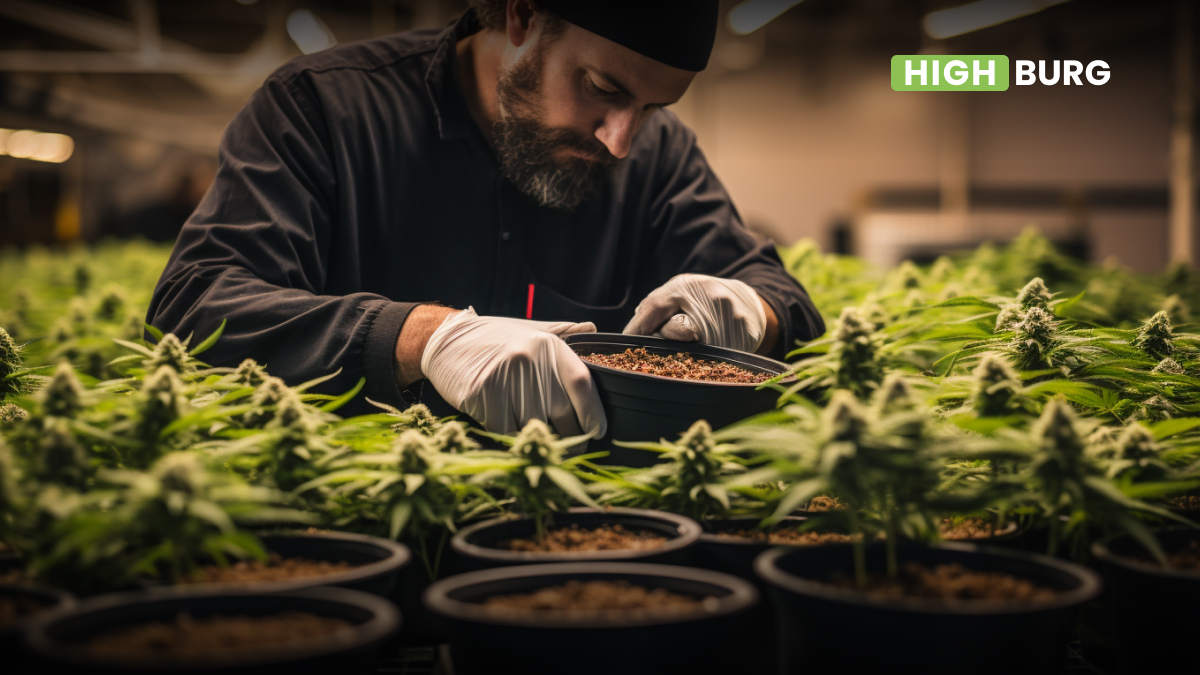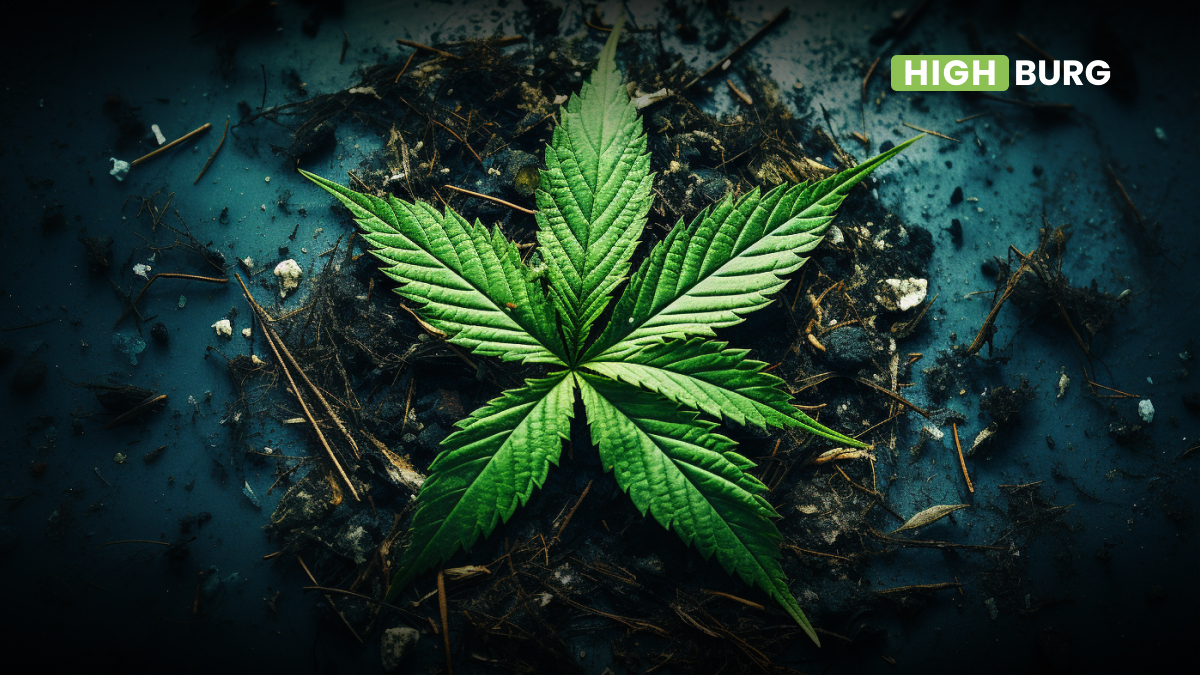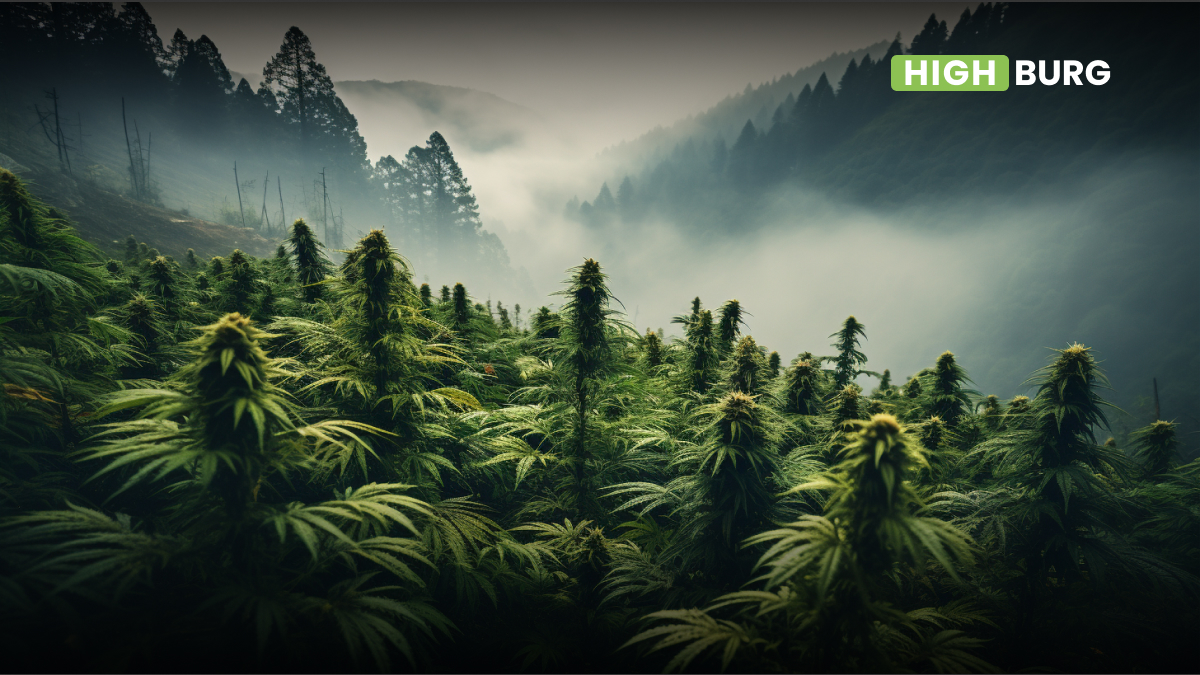LST just sounds complicated. In fact, it’s probably one of the most natural, though not quite intuitive, way to increase your yields. And it gets clear when you really understand the science behind it.
Why LST is Even a Thing
By nature, cannabis grows with an apical dominance, meaning straight up, right toward the light source. Designs in nature are anything but random and often purely astonishing in the intelligence they pulse with. But they don’t come without their flaws.
When it comes to cannabis, the flaw in its growth design lies in nature’s very essence – survival of the fittest.
Growing straight up, “reaching” for the light, for the very source of life, is a botanical survival mechanism that means only the top of the cannabis plant is graced with the conditions it needs to flourish. The bottom and the side branches remain largely in the shadows, pretty much literally, and don’t get to maximize their potential.
However, our relationship with nature has always existed in a fine balance between reversing its designs and recognizing their flaws. It’s precisely by fixing these inherent flaws that we advance as a species.
Low-stress training (LST) is one such improvement that fixes cannabis’s apical growth tendencies and instead “trains” cannabis to grow sideways in order for all of its parts to get the much-needed light and blossom into their full potential.
So how do you actually “train” a cannabis plant to change its very structure? By establishing the right structure from the get-go. But the “get-go” here is the tricky part, since you don’t want to start LST too early, either.
Read on to learn about the right timing and a few more essential components of this simple, but highly effective method.
How Does Low Stress Training Work?
As its name suggests, LST is relatively non-invasive compared to high-stress training, which involves cutting off the growing tip of cannabis to make it bushier. Rather than cutting, LST means bending the plant over and tying it in place to prevent it from going back to its normal, apical ways.
This is essentially what LST is, but there are a few make-or-break moments.
The Tricky Parts
As simple as LST may be in theory, there are a few tricky parts that can make or break your cannabis plant in practice.
Timing
You should start early enough before the main stem is already too rigid to manipulate and the side branches have fallen in line with it into an apical structure. But on the other hand, it shouldn’t be too early, before any nodes have even started to develop.
In short, you should start pretty early on in the vegetative stage, when the plant gives you enough to work with and manipulate but it’s still flexible enough to bend freely without breaking.
Tie Branches, But Don’t Cut Into Them
The cannabis plant won’t just automatically give into your manipulation without a fight. To stop it from reverting to apical dominance, you’ll need to tie it in place with something firm, but soft, like rubber-coated plant wire, cord or ties that won’t cut into your plant and damage it.
You can drill holes into the plant container for the ties to go through.
Provide Support — It’s LST, not HST
There are no structures without pillars. In this case, you can use bamboo sticks and or some other type of support poles to tie the plant to that will keep the structure together.
Generally speaking, the poles should be vertical, but some growers prefer them horizontal, tied to the plant container.
A LST growing technique called Screen of Green (SCROG) involves the use of a net or a screen to spread out the plant’s branches, maximizing the light distribution thus the final yield.
Final Word & Benefits of Low Stress Training
LST has a couple of major benefits. First and foremost, the goal is better distribution of light to the entire cannabis plant, which results in bigger yields and more quality buds. Besides that, growers have more control over the shape and size of their plant and can therefore make better use of their growing space.



